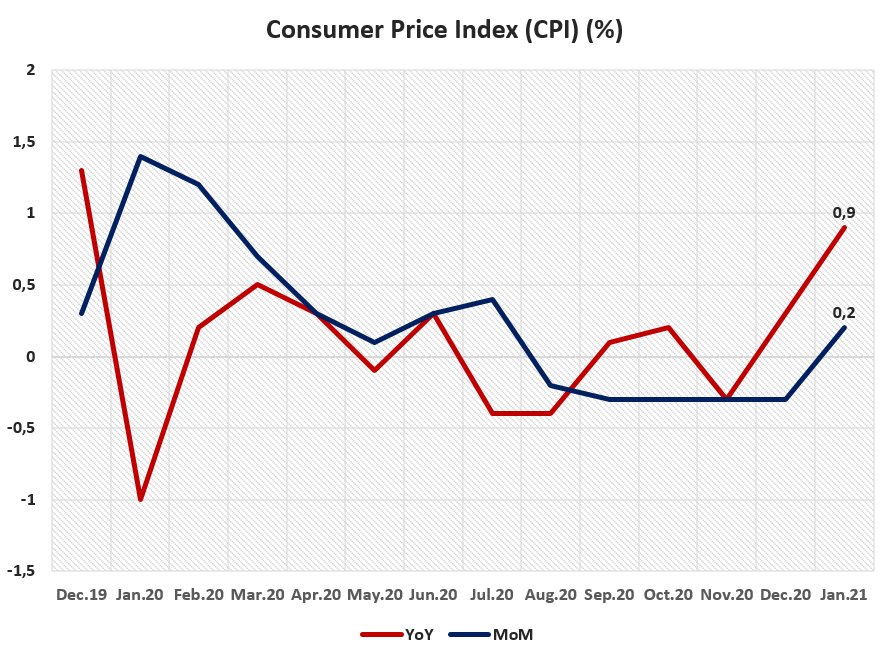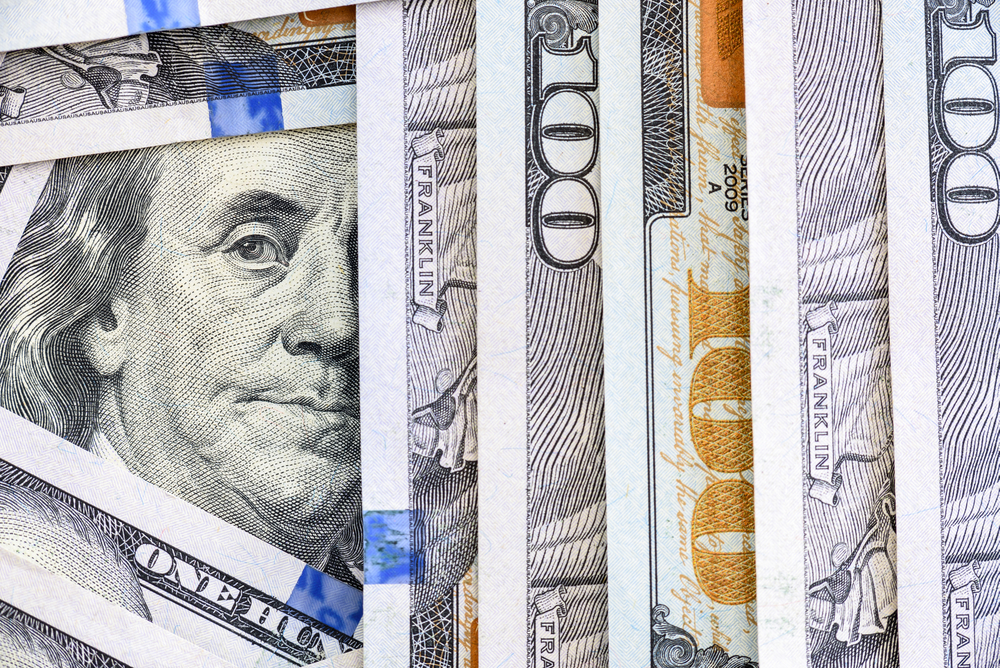Eurozone Exits Deflation
According to data published today by Eurostat for January, Consumer Price Index (CPI) in the Eurozone rose 0.2 percent compared to the previous month, in line with market expectations, and the data was registered as 0.9 percent year-over-year. The core consumer price index, on the other hand, fell 0.5 percent month-over-month, yet it rose 1.4 percent year-over-year. 
According to the details of the report published by Eurostat, the highest annual increase was in services by 0.65 percent. And it followed by non-energy industrial goods by 0.37 and food, alcohol & tobacco by 0.30. Energy was the main item that declined year-over-year by 0.41 percent.
Compared to the previous month, the energy sector contributed 3.8 percent to the Consumer Price Index, followed by food, alcohol & tobacco by 0.8 percent. Services did not show an impact on a monthly basis and non-energy industrial goods declined the most by 1.4 percent.
On the other hand, the countries in the region with the highest price growth during this period were Poland by 3.6 percent, Hungary by 2.9 percent and Czechia by 2.2 percent, while the biggest decline was in Greece by 2.4 percent and Slovenia became the second, by 0.9 percent.
Measures imposed by public authorities to control the outbreak in the Eurozone, which has become the center of the pandemic, had greatly subdued household consumption behavior, creating a deflationary effect on prices as of August. But a strong rise in international commodity prices, especially crude oil, in January and the fact that the euro retreated slightly, limiting the downward cycle in the import channel, formed the basis for a significant increase in the prices.
In the future, accumulated demand, which may be the case after loosening the quarantine measures and limitations implemented in Eurozone countries against the second wave of the pandemic, and the upward pressure caused by the commodity prices can lead the inflation to the European Central Bank's (ECB) target path.





